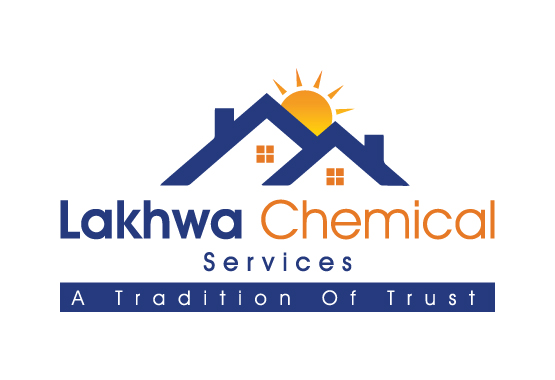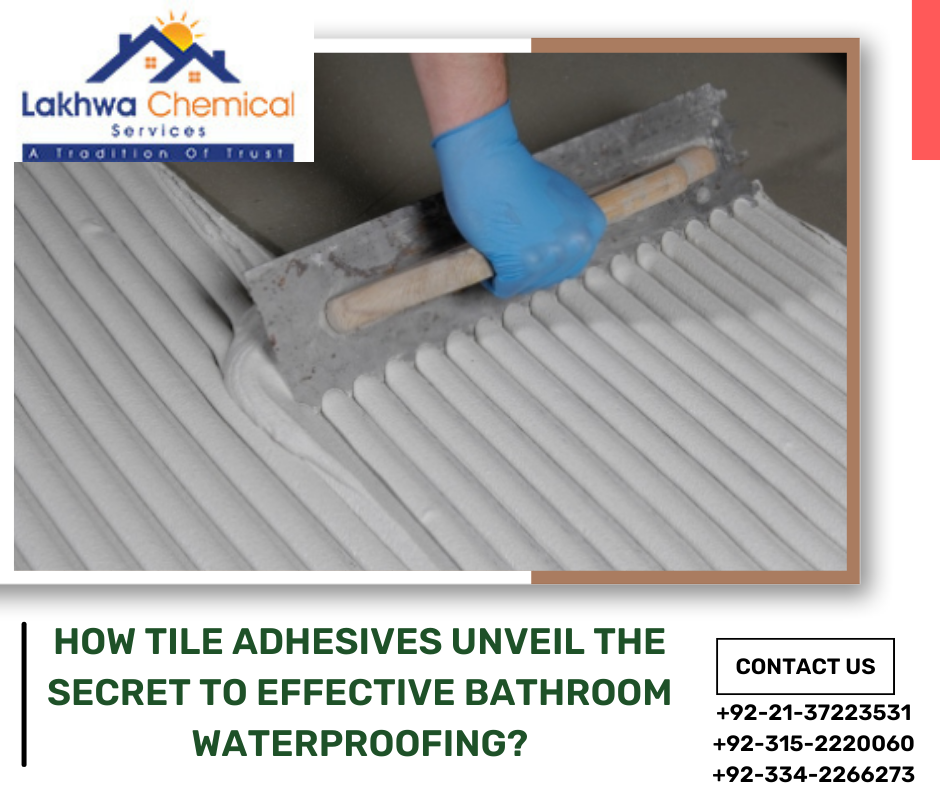How To Achieve Sky-high Waterproofing? Exploring Bitumen Coating For Roofs
Being a roof waterproofing engineer is a challenging task: One has to comprehend several factors that relate to the system. Factors like surface quality, chemical usage, mechanized equipment, and environmental conditions. An expert ensures that everything is in the proper place before applying the liquid or sheet membrane. Protect your surfaces with durable bitumen coating.
To accomplish a top-quality water-resistant surface, follow the steps below:
⦁ Clean the surface (remove particulates and treat defects)
⦁ Assess the conditions (humidity levels, leakage, hydrostatic pressure, absorption rate, etc.)
⦁ Select the optimal waterproofing system
⦁ Use adequate tools and application technique(s)
⦁ Prioritize the time frame for the ‘Curing Period’
⦁ Maintain the waterproofing system
Bitumen Coating Roof Waterproofing: A Versatile Solution
Mainly divided into two types (torch-applied and adhesion-based), bitumen coating are used to build a flexible water-resistant cover according to the polymerization grade and formulation. These coverings are excellent for concrete surfaces and carbon steel pipes.
Bitumen-based waterproofing is long-lasting and durable, especially for porous surfaces. Once dry, it develops a protective layer that restricts moisture from seeping into the internal structure. But, there’s a catch! Constant exposure to the Sun’s rays can alleviate the quality of the coat.
Bitumen layers are anti-corrosive, adhesive, and easy to apply and maintain.
Read More
5 Easy Steps To Apply Hot Bitumen Waterproofing Over the Roof
How to Find the Best Cold Bitumen Price in Pakistan?
How Does Waterproofing Chemical Work as a Seepage Solution in Karachi?
What Makes Bitumen Membrane Effective?
The real reason bitumen membranes are an effective solution for roof waterproofing projects is their insolubility with moisture. Moreover, it can be used on various surfaces, such as concrete, metal, etc.
Types of Bitumen Coating
Modified Bitumen Roofing System
Modified bitumen is the most modern type of bitumen used on low-slope or flat roofs. It is a mixture of polymerized plastic or rubber with asphalt reinforced with fiberglass, creating a sturdy roofing material.
Types
There are two types of modified bitumen membranes:
⦁ APP Modified Bitumen
⦁ SBS Modified Bitumen
APP Bitumen is applied on torch-down roofing. It is made from plastomeric, a tough material that keeps the membrane intact.
SBS, also called Styrene-Butadiene-Styrene, is a rubber that offers more elasticity and flexibility. It is applied as a torch-down roof using cold adhesives and heat.
Advantages
⦁ Energy-efficient
⦁ Weather-resistant
⦁ Longer Lifespan
⦁ Tear-resistant
⦁ Wind-resistant
⦁ Compact at Low-temperatures
Cutback Bitumen Coating
Cutback bitumen is developed by diluting bitumen in kerosene or vegetable oil. After the solvent is applied on flat roofs, the solvent evaporates and leaves the bitumen to combine with the surface.
Advantages
Workable
Flexible
Durable
Weather-resistant
Read More
How Much Roof Grip Membrane Cost in Pakistan?
7 Benefits of Chemicals Based on Underground Water Tank Repair Work
Types of Ways to Find the Price Of Bitumen Sheet Waterproofing
Why is Bitumen Better Than Tar?
There are several aspects that lead to a favorable selection of bitumen membranes over tar:
⦁ Bitumen products (paint or membrane) are less costly than tar.
⦁ Tar is more viscous than bitumen
⦁ The boiling point of bitumen (200oC to 525oC) is higher than tar (100oC to 400oC)
⦁ The reactivity of both elements is low. However, tar, at times, reacts with certain chemicals (oxygen, NOXs, and SO2) in the environment, which leads to acid rain.
⦁ The water resistance of tar is lower than bitumen.
What is Bitumen Sealant?
Bitumen sealant is a one-component compound that comprises bitumen-based solvents. Its uses are:
⦁ Gluing, sealing, and repairing cracks and holes in roofs
⦁ Sealing low-movement joints
⦁ Sealing joints at termination grooves
⦁ Applied on concrete, tiles, manholes, seawalls, and basement structures
N.B. It is optimal for flat roof maintenance. Moreover, the roof maintenance cost is minimal.
Conclusion
Bitumen roof waterproofing is one of the cheapest ways to restrict water ingress in closed structures. There are several types of bitumen coating available, namely bitumen membrane, bitumen paint, and bitumen emulsion.
Bitumen offers a wide range of advantages, such as mechanical resistant, puncture resistant, improved environmental impact, water-resistant, etc. Customers prefer bitumen over cementitious, elastomeric, and EPDM.
If you want to opt for bitumen waterproofing, connect with Lakhwa Chemical Services, the best waterproofing company in Karachi, Pakistan.




Leave a Reply
Want to join the discussion?Feel free to contribute!